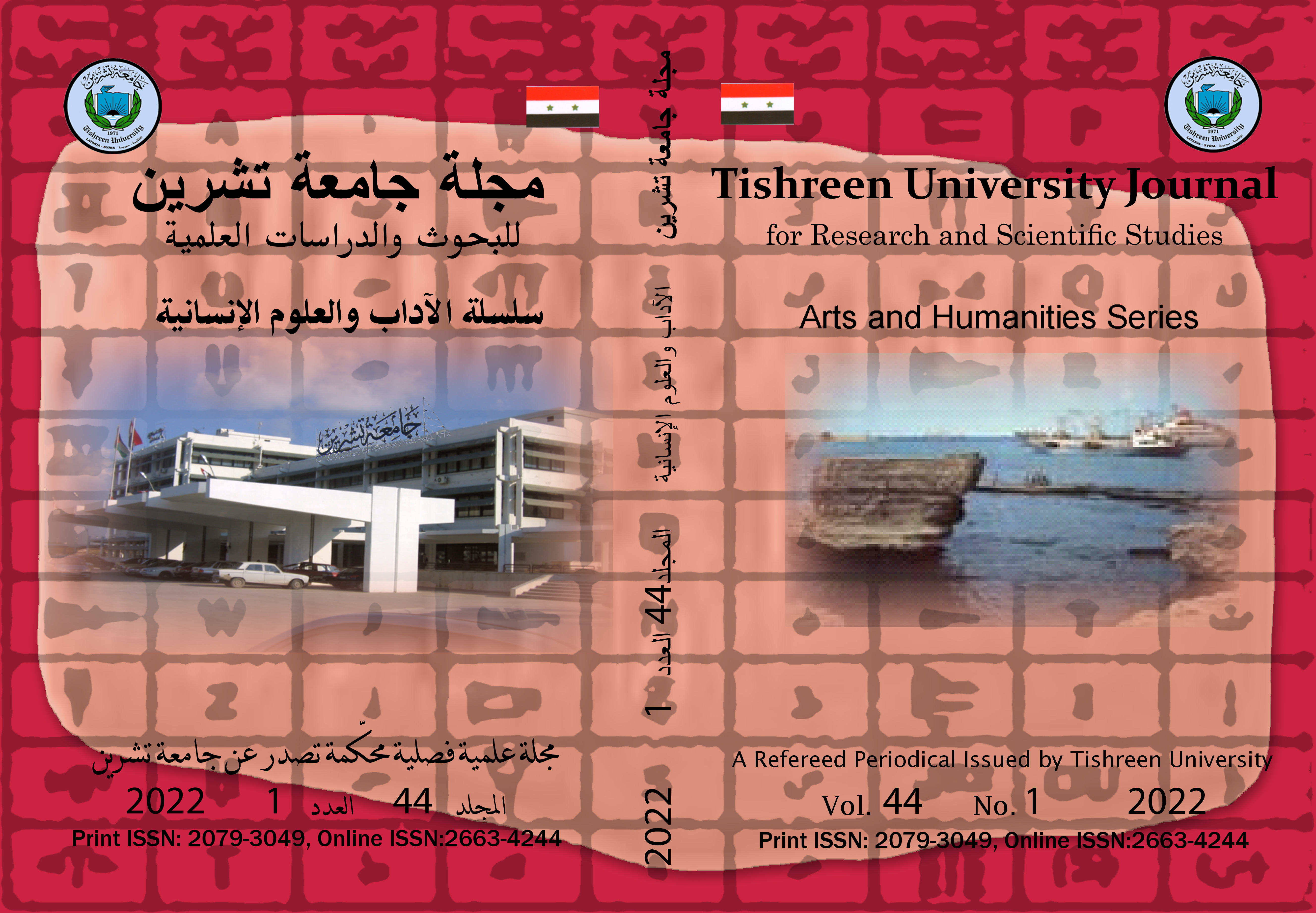The scientific and intellectual impact of the family of Musa bin Shakir During the Abbasid era (198-265 AH/813-879AD)
Abstract
During the era of translation, which flourished in the Umayyad era and reached its climax in the Abbasid era, the Islamic community witnessed the existence of scientific families that contributed an important role in transferring many of the sciences of other nations to the Islamic world. Not only vector minds, but creative and productive minds that were able to pave the way for those who came after them. Among these families is the Musa bin Shaker family, which lived in the third century AH / ninth century AD, and influenced political and scientific events, as their encyclopedic culture enabled them to lay the foundations of the scientific edifice that attracted the attention of the Caliphs of Banu al-Abbas to them, after their fame in various sciences such as mathematics, astronomy and stars that were It had a distinguished presence in the era of the Caliph al-Ma’mun, who embraced and nurtured them scientifically, literary and socially, so they formed a major place in the history of science in general and technology in particular,This study aims to shed light on what this family left of scientific material and a civilized legacy related to the scientific and intellectual aspect, and the extent of its contributions in the various fields of science. About the most important sciences for which they were famous and through which their great role in wisdom emerged. The study also showed their most important scientific products.
Downloads
Published
How to Cite
Issue
Section
License

This work is licensed under a Creative Commons Attribution-NonCommercial-ShareAlike 4.0 International License.
journal uses a CC BY-NC-SA license which mean
The authors retain the copyright and grant the right to publish in the magazine for the first time with the transfer of the commercial right to the Tishreen University Journal- Arts and Humanities Sciences Series
Under a CC BY- NC-SA 04 license that allows others to share the work with of the work's authorship and initial publication in this journal.Authors can use a copy of their articles in their scientific activity, and on their scientific websites, provided that the place of publication is indicted in Tishreen University Journal- Arts and Humanities Sciences Series. The Readers have the right to send, print and subscribe to the initial version of the article, and the title of Tishreen University Journal- Arts and Humanities Sciences Series Publisher
You are free to:
- Share — copy and redistribute the material in any medium or format
- Adapt — remix, transform, and build upon the material
- The licensor cannot revoke these freedoms as long as you follow the license terms.
- Attribution — You must give appropriate credit, provide a link to the license, and indicate if changes were made. You may do so in any reasonable manner, but not in any way that suggests the licensor endorses you or your use.
- NonCommercial — You may not use the material for commercial purposes.
- ShareAlike — If you remix, transform, or build upon the material, you must distribute your contributions under the same license as the original.
- No additional restrictions — You may not apply legal terms or technological measures that legally restrict others from doing anything the license permits.

